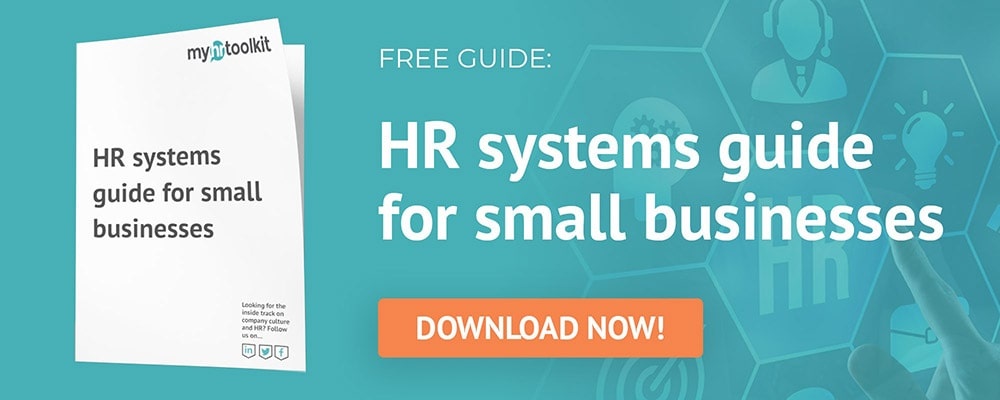Back in the 1980s, HR (referred to as personnel) primarily involved time consuming paper-based processes. Businesses and HR professionals relied upon fax machines for the latest updates. It wasn’t until the 1990s when HR systems started to gain traction, shifting focus away from labour intensive administrative tasks towards technology supported processes; allowing managers to spend more time on managerial-based activities offering strategic business value.
Today, there are a large number of HR software providers at a company's disposal. Despite this, many SMEs still manage their workforce admin using traditional paper-based methods and complex spreadsheet calculations.
In a previous post, we talked about the key benefits an HR system can provide, but the even simpler question is: what does HR software do for businesses?
HR admin processes all in one place

HR software helps businesses handle a variety of HR and staff management processes, including:
1. Managing holiday
Employees can send online holiday requests for managers to approve instantly, using an online holiday planner to monitor staffing levels. This removes the need for endless paper trails and complex spreadsheet calculations, as the software can automatically calculate and update entitlements.
2. Managing absence
Managers can track and report on all instances of sickness and any other type of absence. As well as recording absence, software can provide in-depth reports and staff attendance charts, so managers can identify patterns and take steps to reduce absence levels.
3. Storage of vital employee and company documents
Managers can simply issue, track and securely store all their vital HR documents, allowing them to easily communicate policies, rules and procedures, while managing version and access control.
4. Training management
Some HR software providers also incorporate training management into their software, offering SMEs a central repository to manage their organisation’s training courses. Managers can use this area to add courses, report on the progress of attendees and collect feedback from employees who have attended a course.
5. Delivers company insights
HR software isn’t just about managing employee admin tasks such as holiday. It gives managers a holistic insight into their employee data, providing an effective overview of their entire organisation. This therefore enables managers to put in the appropriate support and processes. Plus, HR software delivers enormous time savings, as managers don’t have to gather information from lots of different places. Instead, the most up to date information can be accessed immediately.
6. Empowers employees
Self-service HR software moves away from admin responsibilities being in one place to enabling employees to carry out a variety of HR tasks for themselves. This can include tasks such as requesting holidays and updating their own contact details. Whilst putting the onus on staff to carry out these tasks dramatically reduces administrative burden for the HR manager, it leads to employees feeling more empowered and engaged and greater accuracy as they’re amending and checking their own personal data on the system.
7. Delivers one centralised point for information
You can access employee details and records quickly and easily within one centralised, backed-up place with a full audit trail. With cloud HR software, it doesn’t matter where employees are based. Everyone has access to the same, most up to date information wherever they are.
8. Helps you delegate roles to managers
Managers can gain responsibility for certain HR tasks, helping them to feel more empowered and valued within their role. For example, line managers could deal with their team’s holiday requests, absence updates and notifications for upcoming performance reviews.
9. Reduces the time chasing for updates
Instead of chasing staff to confirm they’ve read an important document, HR software tracks when employees have opened and read them. Relevant team members can receive trigger notifications when certain events take place. For example, when a new starter comes on board, the software can remind key staff to carry out the relevant tasks associated with this.
Read more from the myhrtoolkit blog

Written by Fiona Sanderson
Fiona is Marketing Manager at myhrtoolkit. Her areas of expertise include HR systems, productivity, employment law updates, and creating HR infographics.


 Holiday Planner
Holiday Planner Absence Management
Absence Management Performance Management
Performance Management Staff Management
Staff Management Document Management
Document Management Reporting
Reporting Health and Safety Management
Health and Safety Management Task Management
Task Management Security Centre
Security Centre Self Service
Self Service Mobile
Mobile




